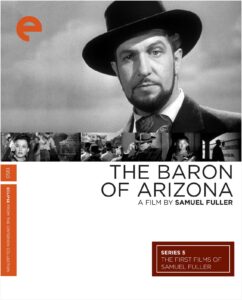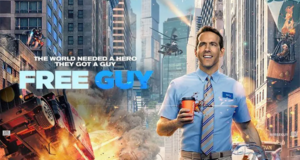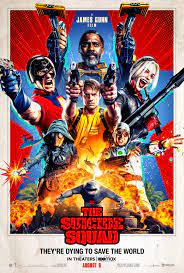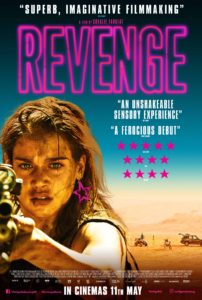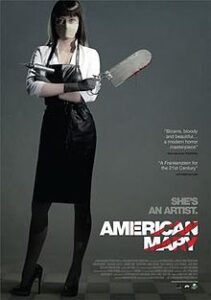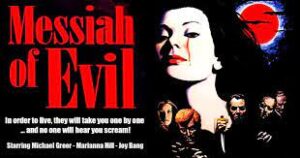This is a movie I haven’t seen since the late 70s when it appeared on HBO and was curious to revisit.
The Little Girl Who Lives Down the Lane, henceforth referred to as Little Girl, stars a young Jodie Foster, the same year she appeared in Taxi Driver, as 13-year-old Rynn who lives with her curiously hard to meet Father, a commercially successful poet so you already know that we are 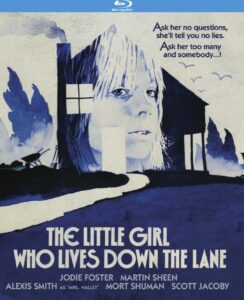 in a land of fantastic events, in a small isolated, insular, and close New England village. Rynn’s clear brilliance, stubborn independence, and refusal to cowed by adults merely because they are adults provokes suspicion and attracts the attention of the village’s notorious but politically protected pedophile, Frank Hallet, played ably and creepily by Martin Sheen. With nosey neighbors and sexual predators pressing in Rynn’s secrets are soon exposed.
in a land of fantastic events, in a small isolated, insular, and close New England village. Rynn’s clear brilliance, stubborn independence, and refusal to cowed by adults merely because they are adults provokes suspicion and attracts the attention of the village’s notorious but politically protected pedophile, Frank Hallet, played ably and creepily by Martin Sheen. With nosey neighbors and sexual predators pressing in Rynn’s secrets are soon exposed.
Little Girl is often genre classified as a horror film and horrific events do transpire but lacking any supernatural events and without an ever-escalating body count, not that isn’t one only compared to most horror movies this one’s quite modest, it may be more fitting to place the film within the thriller genre. Given the caliber of performers involved it is of no surprise that the acting to on-point and excellent with Foster displaying the sharp intellect often associated with her characters and Sheen exuding menace with bland conversational dialog. The film is hobbled by a score that at times feels incongruous with the movie’s tone sounding more jazz than suspenseful.
The movie is also disturbing, like Taxi Driver, for its open sexualization of its under-aged character. In addition to the threat of sexual assault from Hallet Rynn is proactively sexually active but viewers can rest assured the one from behind nude scene is of a 21-year-old body double.
With a brief 90-minute running time even with its slow pacing, Little Girl, requires only a small investment of time and is an interest example of contained horror before slashers ruled the coming decade.
The Little Girl Who Lives Down the Lane is currently streaming on Shudder.
My SF/Noir Vulcan’s Forge is available from Amazon and all booksellers. The 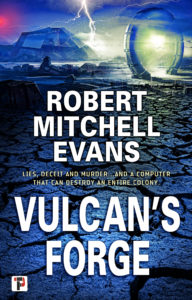 novel is dark, cynical, and packed with movie references,
novel is dark, cynical, and packed with movie references,



